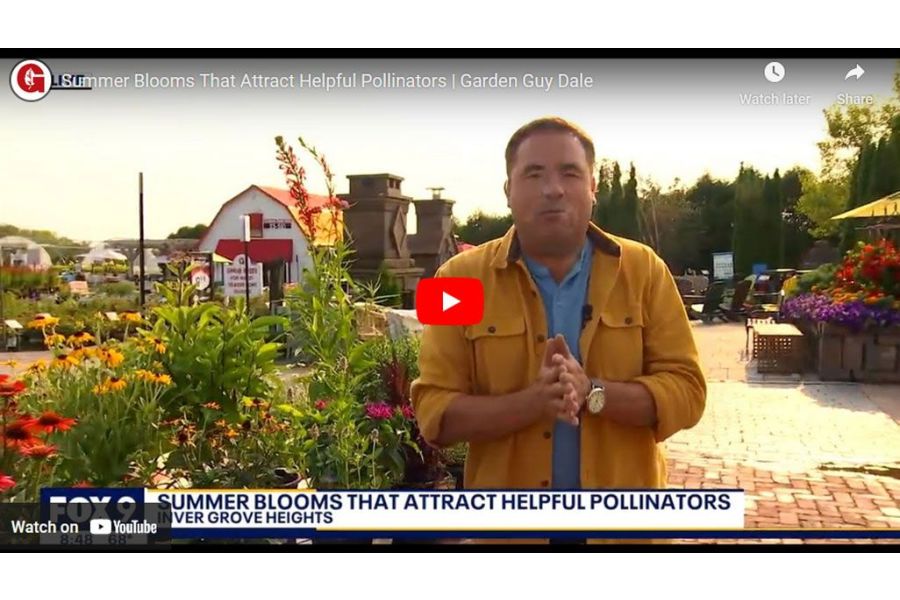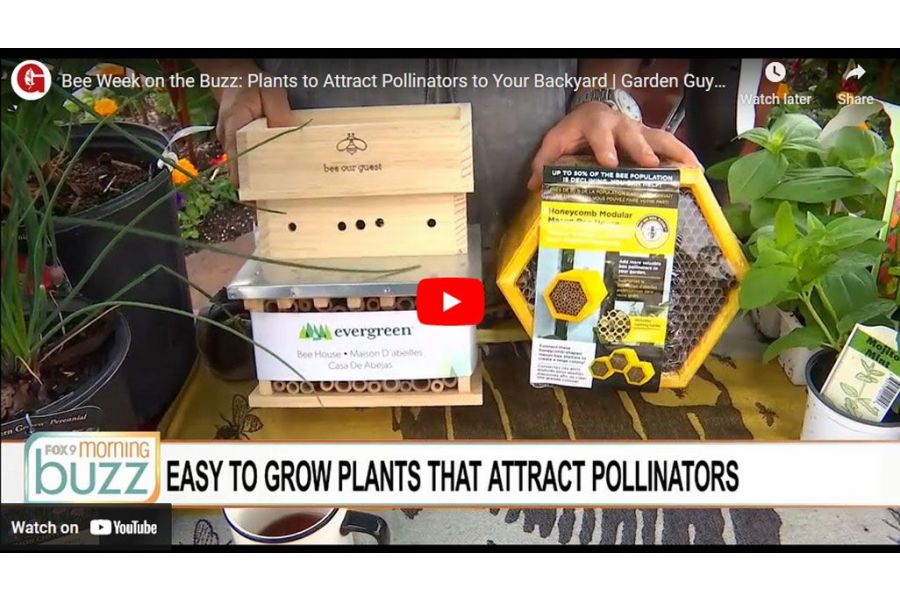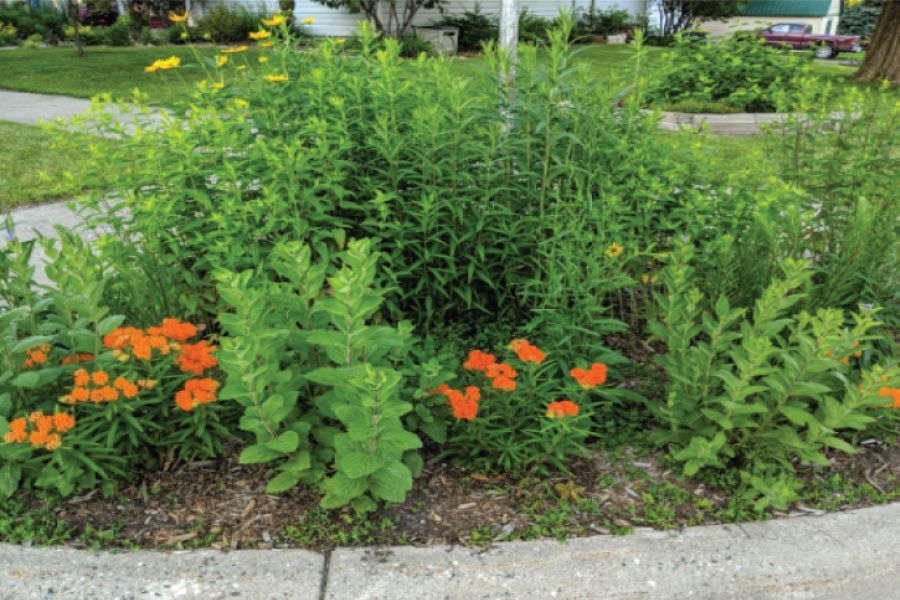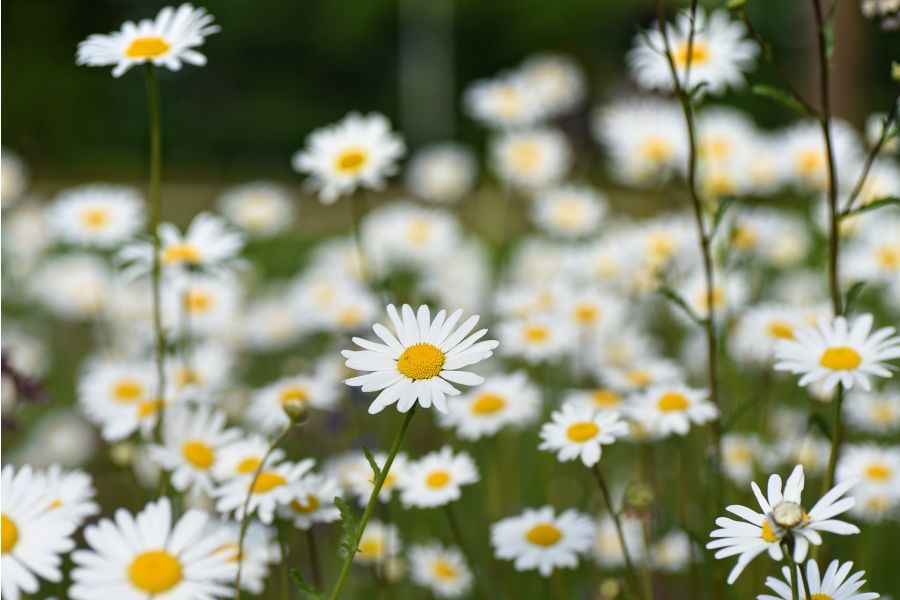Got your attention? We're talking about plant sex aka pollination. There's a lot of activity taking place in our gardens right now but no need to avert your eye or cover the kids' eyes.
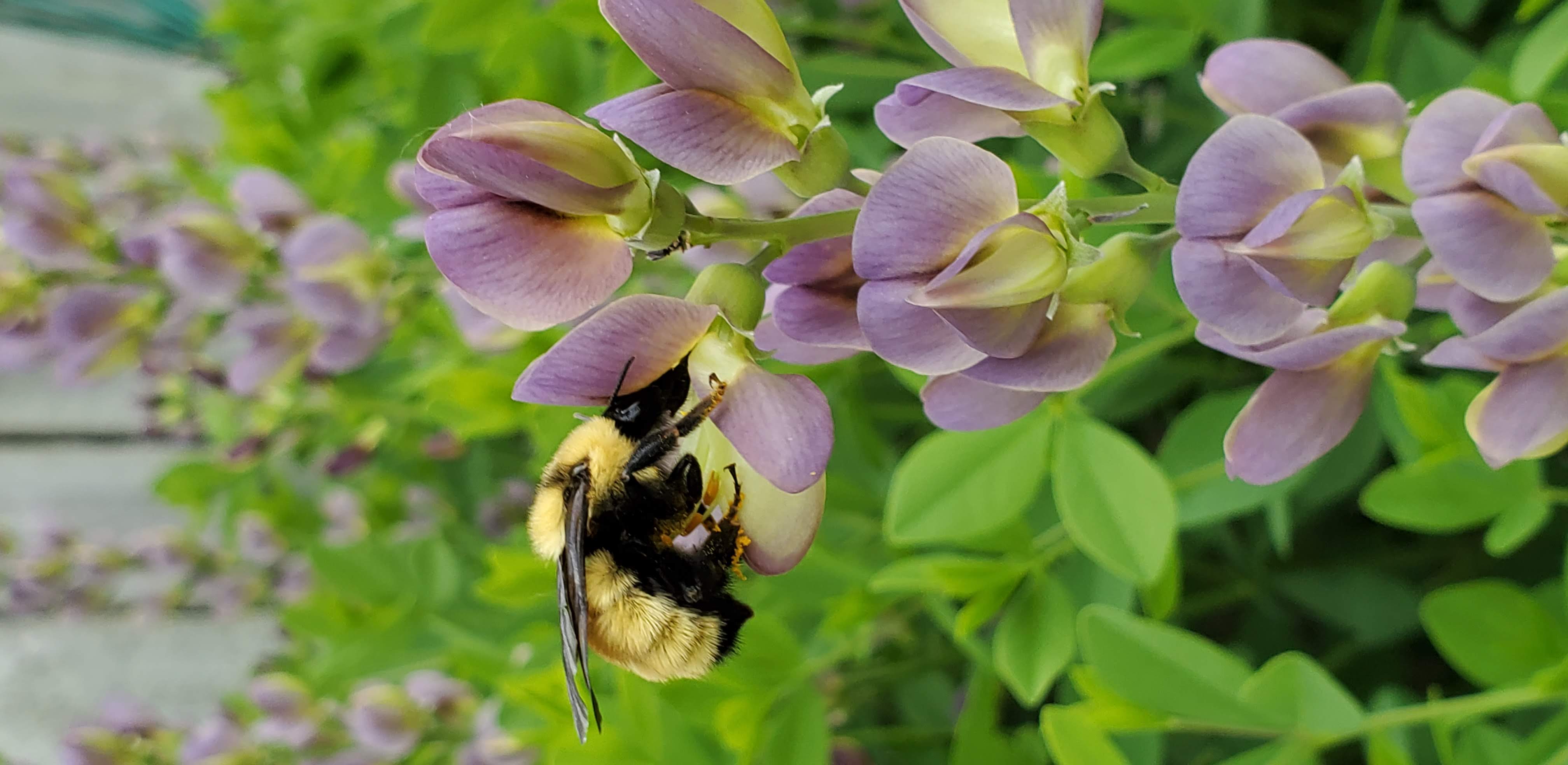

Bumblebee on Twilite Prairie Blues Baptisia (photo by Teri Knight)
They all do it. From butterflies to birds to bees, bats, beetles and more; pollen is being spread all over.
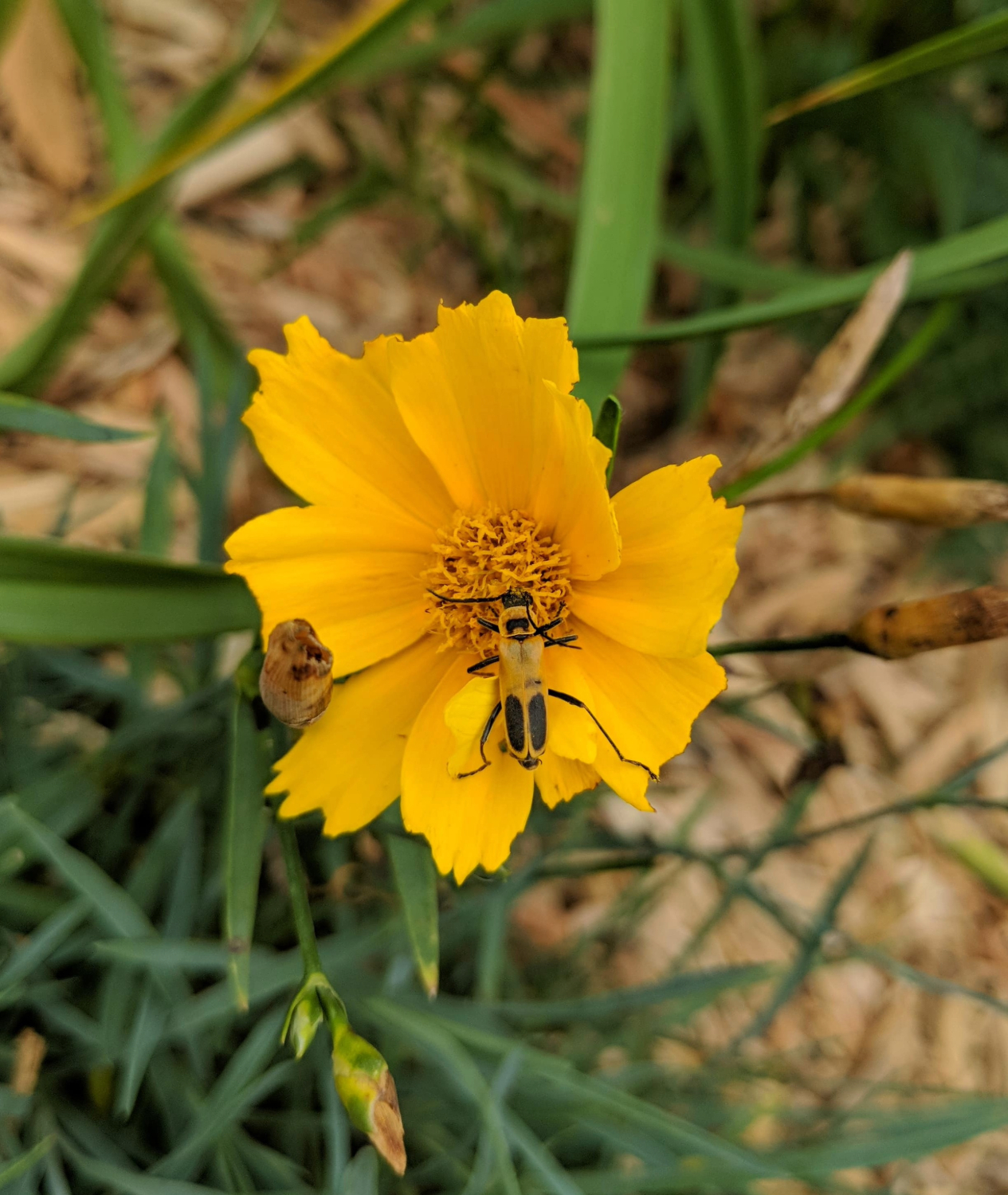

Soldier beetle on Coreopsis (photo by Teri Knight)
Pollinators zip from flower to flower feasting on energy rich nectar and protein rich pollen. As they do that, they're depositing pollen grains from the anther (the male part of the flower) to the stigma (the female part). When pollination is successful the plants produce viable seed and, boom, baby plants! As animals and insects land, climb or pass through pollen, it sticks to them. They then wander through more plants and VOILA; they leave some behind.
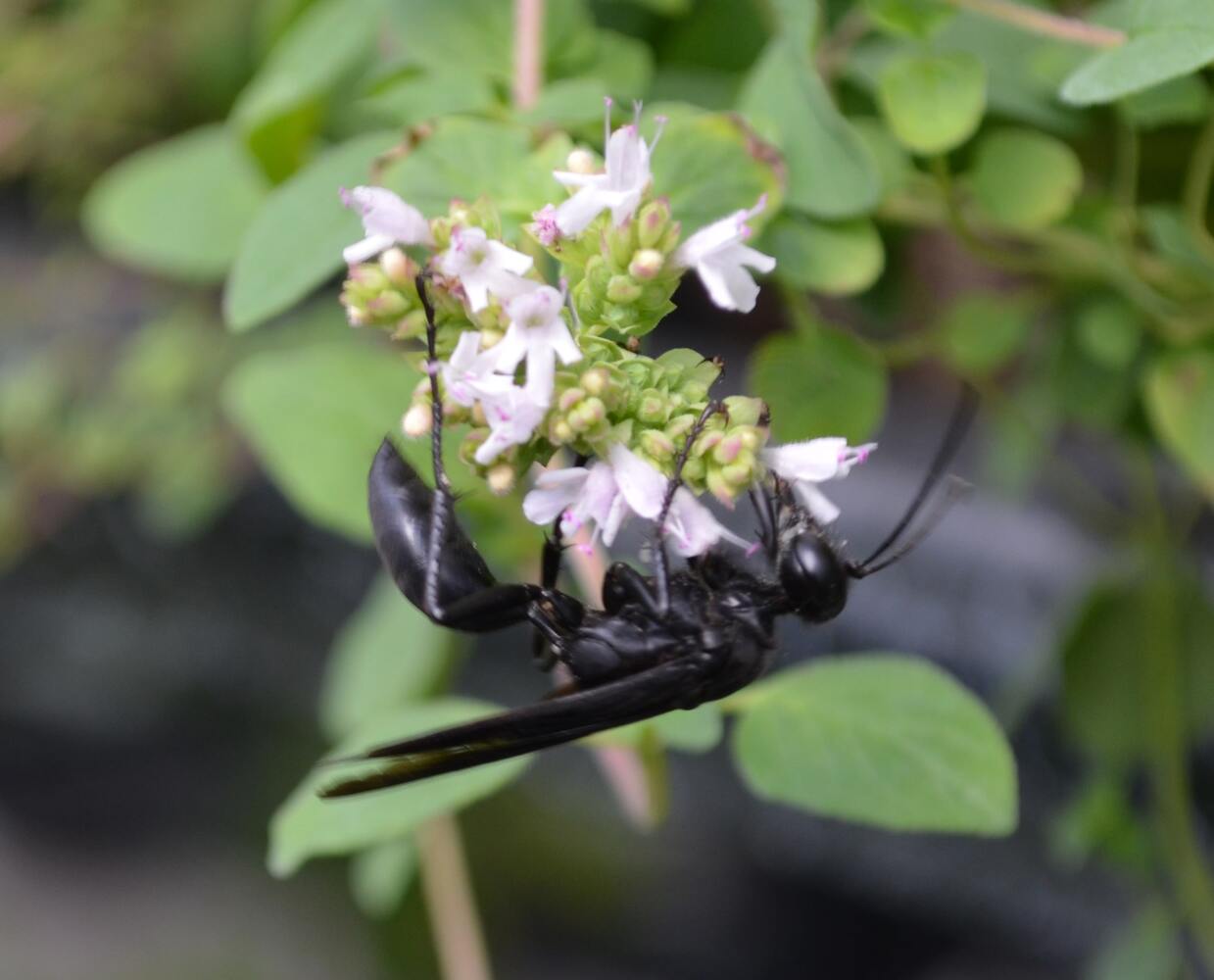

Great Black Wasp (photo by Lizzie Danich)
The National Garden Bureau states that of the 1,400 food crops grown around the world, almost 80% require pollination by animals. The Smithsonian Institute adds that 1 in 3 bites of food you eat depends on pollinators. That's why it's so important that we do what we can to help them!
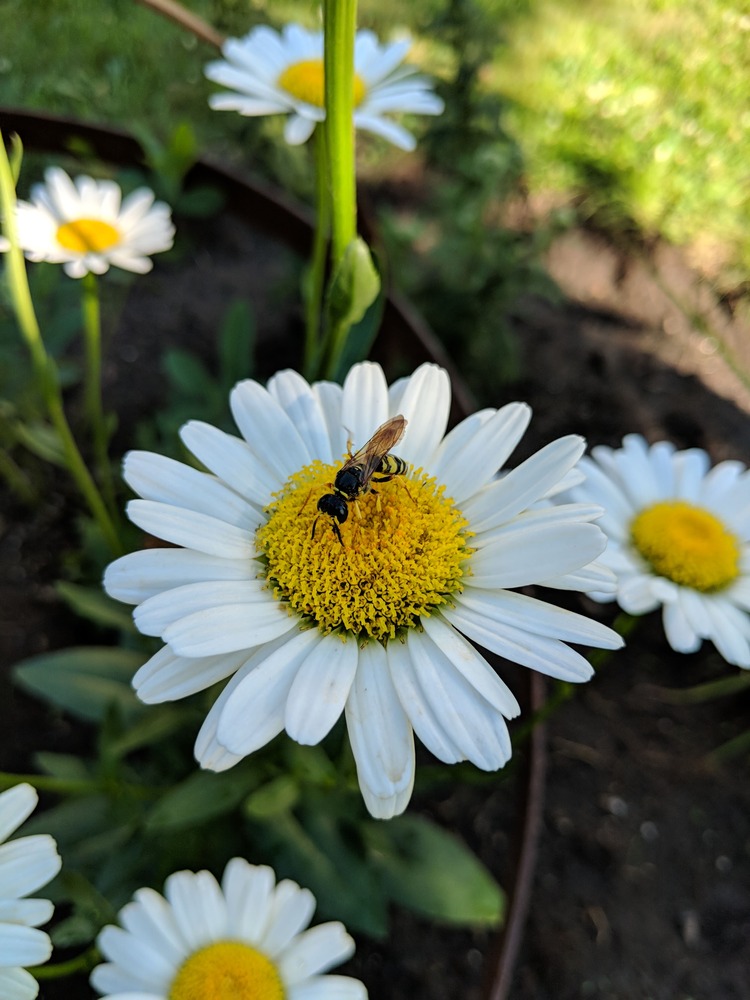

Bee on Shasta Daisy (photo by Teri Knight)
Other plants are pollinated by wind while some aquatic plants are pollinated by ... water!
There are triggers for every season that are essential to successful pollination. Pollinators need spring blooms to feed themselves after waking from hibernation. The long days of summer when our gardens are in peak bloom provide pollinators (who are also in their peak) with the nectar they need. In fall, late blooming plants provide pollinators with fuel for hibernation or for a long journey to warmer climates. Monarchs and hummingirds come to mind immediately! Side note: the I35 corridor from Minnesota all the way to Texas is often referred to as the "Monarch Highway".
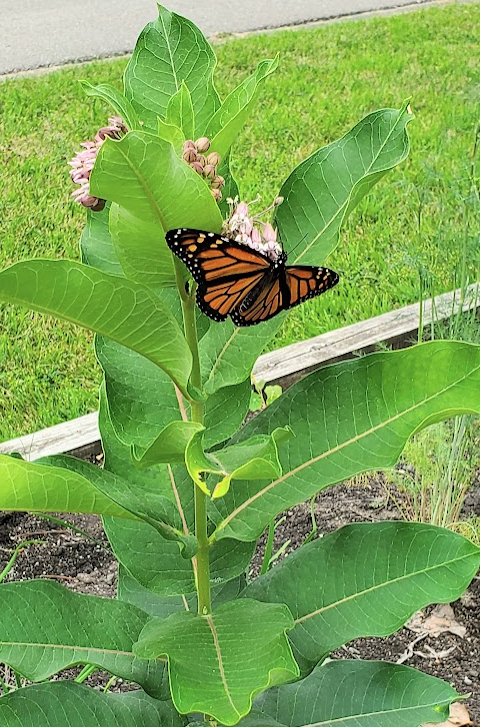

Female Monarch butterfly on volunteer Milkweed (photo by Teri Knight)
As our flowers fade, perennials and grasses are preparing for winter. They may not look so great but, please, consider leaving them be for the season. The decaying matter provides shelter as insects overwinter inside stalks of perennials and grasses and/or underneath dead leaves.
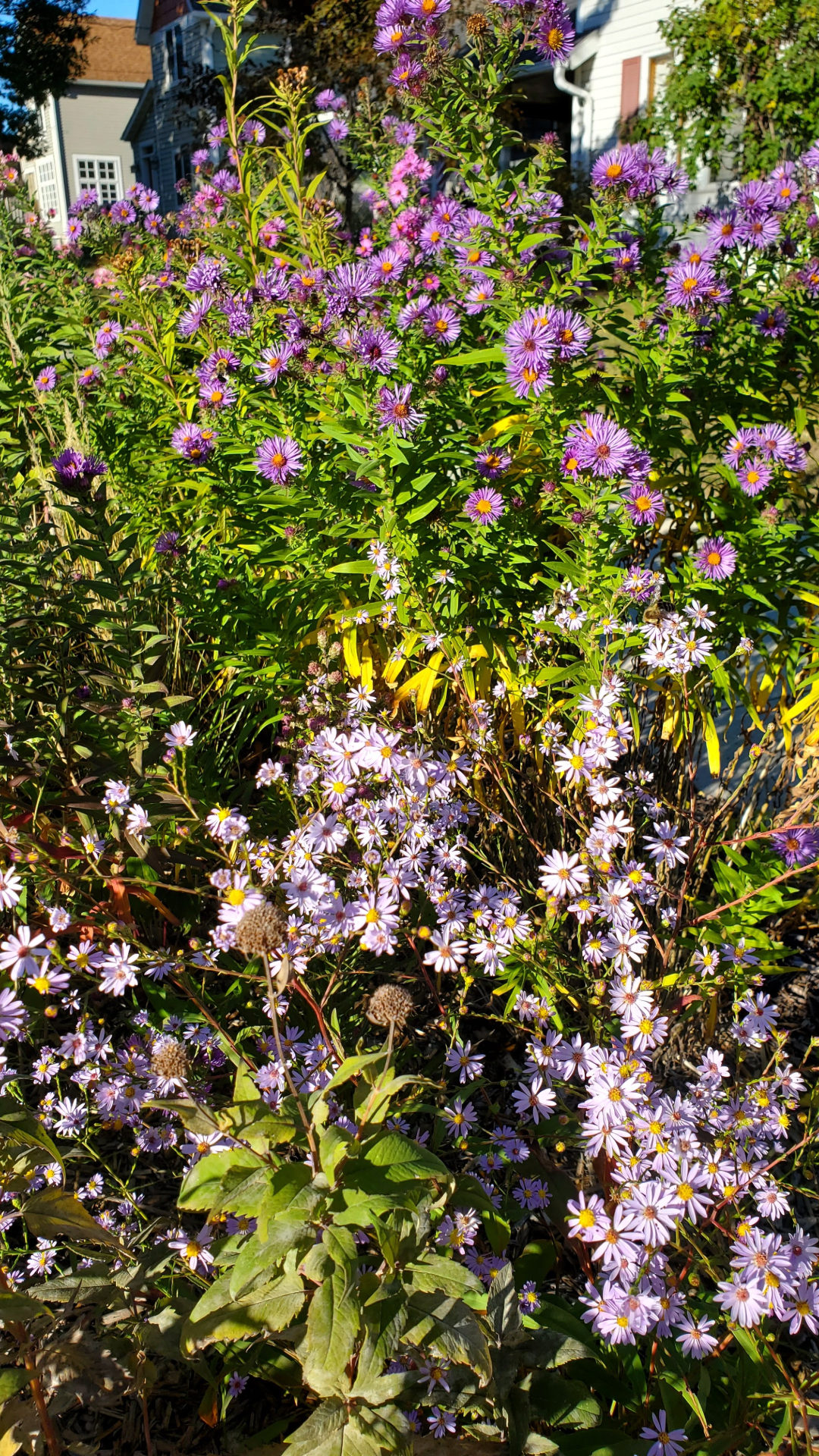

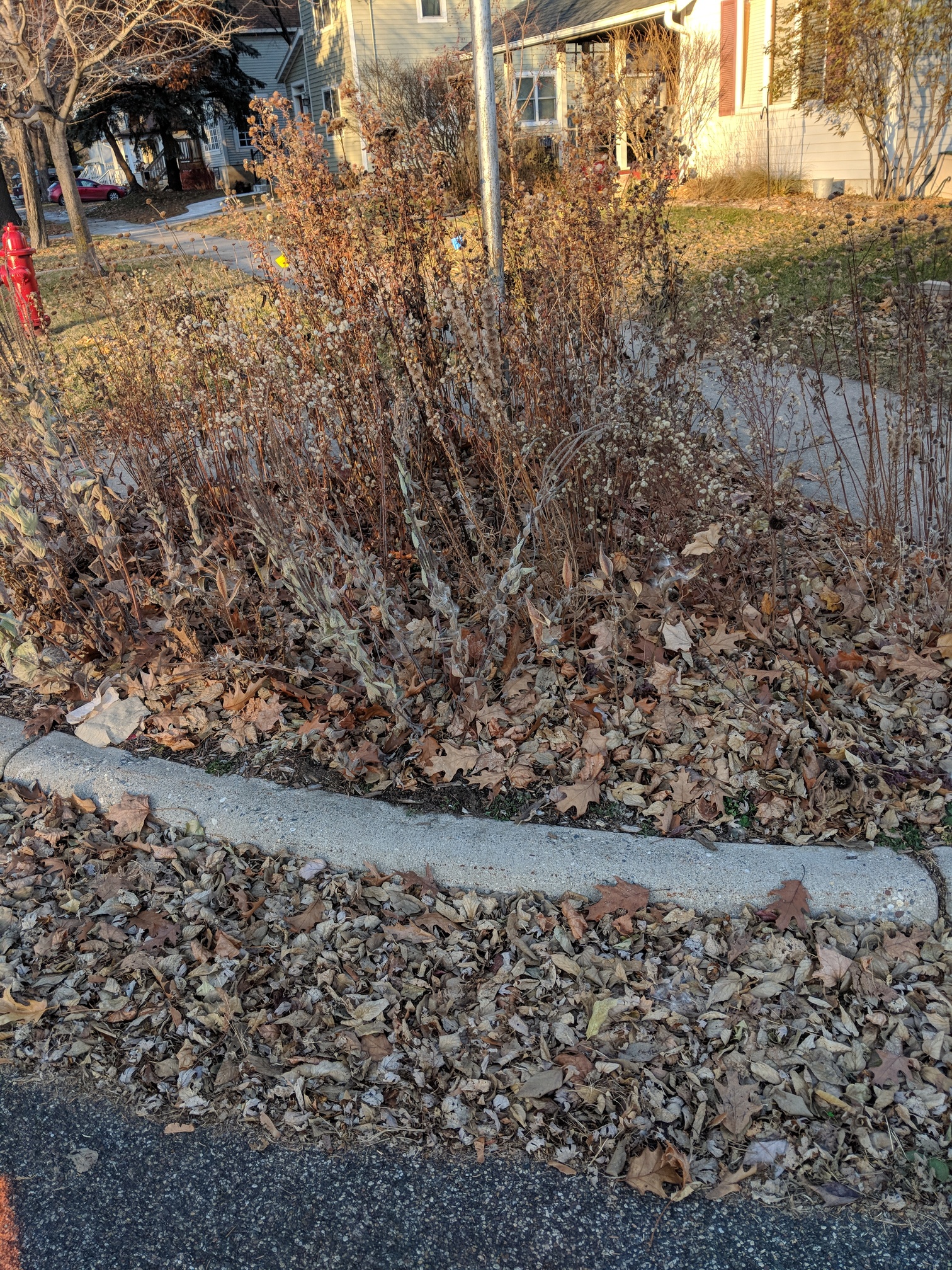

Butterfly garden in early September (T) and in late October (B) (Photos by Teri Knight)
The above plants (all native) include Asters, Grasses, Ironweed and more
Fun facts from the Smithsonian Gardens: Some plants like tomatoes and blueberries release their pollen through two tiny pores in each anther. Bees bite the anthers, hold tight, and buzz to shake the pollen out of the flowers.
Bumblebees are living tuning forks, using a middle C tone to propel thousands of pollen grains from a flower in under a second.
Nature is so fascinating! The Rufous Hummingbird doesn’t generally travel through Minnesota, preferring the west coast from Canada to Mexico, it does occasionally wander through.
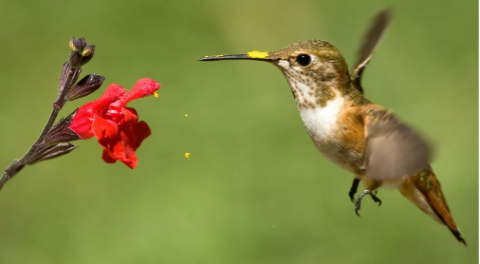

Rufous Hummingbird with a beakful of pollen (photo by National Audubon Society)
Praising Pollinators & those who help them,
The Garden Scoop

